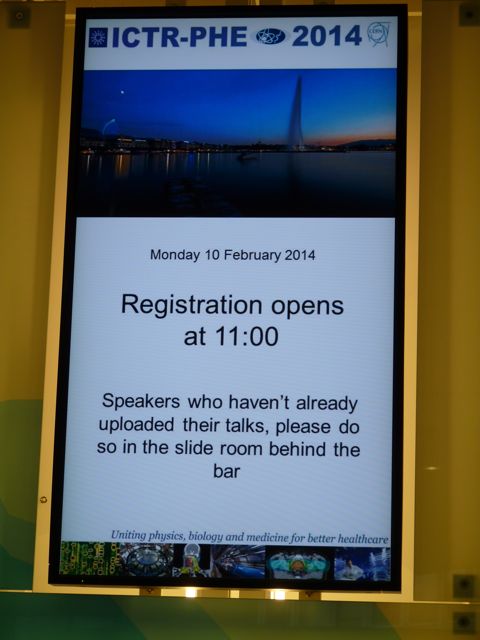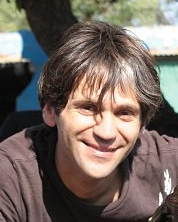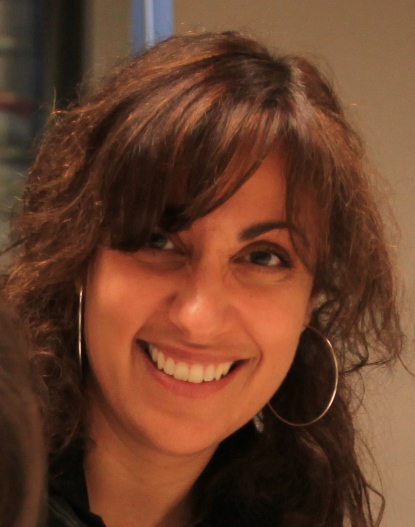
The ICTR-PHE 2014 Blog
| Monday | Tuesday | Wednesday | Thursday | Friday |

When it comes to physics and medicine together, great expectations rarely are disappointed. The 2014 edition of ICTR-PHE opened today in front of a demanding audience with the words of the conference chairs Manjit Dosanjh and Jacques Bernier, and of CERN’s Director General Rolf Heuer, who promised a week full of interesting talks. Many scientists came back to Geneva two years after the first ICTR-PHE meeting to listen to the latest news in the field.
Even though the conference focuses on translational research and on medical applications of physics, it would have been impossible to ignore the discovery of the Higgs boson that showed up in the meanwhile, and brought a Nobel Prize to the theoreticians who predicted its existence. Fabiola Gianotti, former spokesperson of the ATLAS experiment at the LHC, captivated the audience with the tale of the many years of Higgs hunting by thousands of scientists from all over the world.
The opening talk is given by Fabiola Gianotti, former spokesperson of the ATLAS experiment at the LHC, who explained us all about the Higgs boson, and why should it matter to us.
Besides the scientific and technical challenge, Fabiola Gianotti also explained the relevance of such a discovery for our life, thus introducing one major topic of the conference: research, not only for its sake, but also for the benefit of humankind. “Filling a people gap,” underlined Norman Coleman, talking about the International Cancer Expert Corps, a non-profit activity aimed at sharing knowledge and expertise among professionals for the achievement of better healthcare everywhere in the world. A valuable action that was sparked by professionals who can offer their life-time experience to support academic research, “leading people and concepts”, where the “sum is greater than the part”.
The first session of the conference focused on the radiobiology, and was chaired by Marco Durante and Kevin Prise. Single and multi-ions approach in hadron therapy, introducing the killing paint technique, were presented by Emanuele Scifoni, who explained how the use of multiple fields of different ion species in the same treatment plan allows to distribute high- and low-LET radiation as needed, so that hypoxia and potentially other types of intra-tumour biological heterogeneities can be dealt with. The creation of a database that could help to optimize the kind and the amount of specific radiation for specific target has also been considered.
14:00 The radiobiology session, chaired by Marco Durante and Kevin Prise, begins.
But “There are a lot of unknowns here”, explained in his talk Kevin Prise, discussing the different effects that can be observed when protons hit the biological target. Of particular interest is the analysis of the long-term effects detected on surviving cells: “to establish the DNA damage distributions, we have to categorize the cells according to the damage over the time: the damage in fact depends as well on the position of the tissue in relation to the beam”. The study of the RBE variations along the full range of the Bragg curve could offer important information for the proper 3D optimization of the beam on the tumour.
Other interesting ideas come from the analysis of the effect of radiation on those cancer cells that have been depleted of the mitochondrial DNA. Mitochondria are the main producer of ATP in the cell. Short-circuiting their activity means that energy has to be generated starting from glucose in complete anoxia (glycolysis) or from fatty acid (beta-oxidation). As also underlined by other speakers, hypoxia is particularly sensitive to the effect of protons. Marike van Gisbergen – presenting the effects of radiation on cell whose content and structure of mDNA was corrupted – interestingly proposes that mitochondria could be considered a potential target for the delivery of radiation for treatment purposes. Paradoxically, yet, cells without mDNA seem to have a better survival rate, that contrasts with the increased sensitivity to radiation that those same cells are supposed to have: although many hypotheses can be made, this phenomenon suggests that further studies are needed.
Brita Singers Sorensen adds even more unanswered questions, in relation to the effect of radiation and chemotherapy, alone or in combination, when HPV infected cells are considered. The field is indeed in full development, and much more research activity will be needed to resolve these issues.
After a much needed coffee break, Raymond Miralbell presented the state of the art of the treatment of rectal cancer and fractionation sensitivity in the neoadjuvant radiation therapy setting. Changes in the time patterns and in the amount of delivered radiation affect the number of cancer cells killed during treatment. The optimization of those patterns could lead to better results, even suggesting that in the future the use of surgery could become unnecessary for selected tumours. A greater number of patients will have to be enrolled, in order to better evaluate these effects, and collaboration among different centres will be instrumental, in order to reach the critical number.
The radiobiology session closed with a talk by Adriano Garonna, who presented the feasibility studies for establishing a biomedical research facility at CERN based on a modified layout of the Low Energy Ion Ring (LEIR). The BioLEIR project stems from the first PHE workshop held in 2010, and the beam design “is driven by the requirements of the users’ community, and will be tailored to their needs”. Once the necessary funds are allocated, the facility would be up and running in two years’ time.
17:00 Change of subject! We move to nuclear medicine, a session chaired by Ulli Koester and Irene Virgolini.
The last part of the afternoon was devoted to nuclear medicine, a session chaired by Ulli Koester and Irene Virgolini. Helmut Maecke began with an extensive discussion of the role of radiochemistry, from the analysis of the target to the selection of the appropriate molecule to reach a specific target. Effective isotopes have to be trapped in cages of labelled molecules that could lead them to the target. The ideal lock-key relation between the target and the binding radionuclide should be unique, in order to minimize the effect on the healthy tissue. This could lead to a squad of “killers” that selectively hit only the tactical targets, as in a “surgical” mission, potentially destroying the cancer while leaving the normal cells alone.
A selection of application or the production of different molecule and radionuclides in different cancers have been successively presented, in a series of talks by Jean Pierre Pouget, Thierry Stora, and Gregory Severin both in experimental and in in vivo situations.
Almost one hour after the end of the talks, when the conference centre closed its doors, many habitués from the past conferences and newcomers were still engaged in lively discussions. Although Geneva greeted them with cold and heavy rain, everybody seemed willing to keep debating, maybe in front of a good fondue.

Fabio Capello is a skilled creative writer, currently working as a science communication advisor for an important international research institution. He is a qualified medical doctor with a specialization in paediatrics and a master in journalism and science communication. He has worked in Italy, UK, South America and Africa and currently lives in Liverpool, UK.

Manuela Cirilli works at CERN in the Knwoledge Transfer Group, where she is responsible for the communication of the Life Sciences Section, and of the technical coordination of the medical imaging project ENVISION. Manuela holds a PhD in Physics and a master in journalism and science communication.

